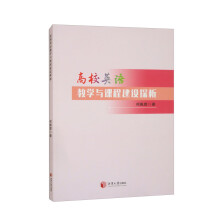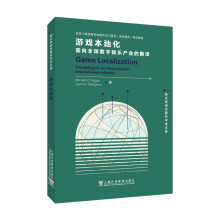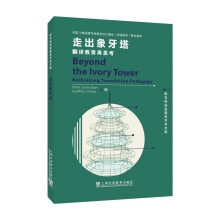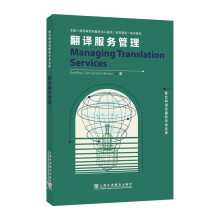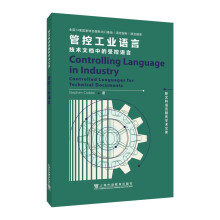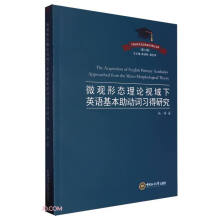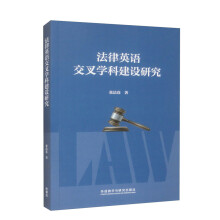序言
Acknowledgements
Introduction
PartⅠ Authenticity in Language Learning: The Theoretical Grounding
Chapter One: Authenticity in Language Learning: Background and Definition
1.1 Authenticity in Language Learning: The Historical Background
1.2 Towards a Definition of Authenticity
Chapter Two: Authentic Texts for Language Learning: The SLA Rationale
2.1 Introduction
2.2 Input
2.3 Affect: Motivation
2.4 Affect: The 'Affective Filter', Engagement, Empathy & Attitude
2.5 Learning Style
2.6 Instructed SLA
2.7 Autonomous Learning
2.8 Consciousness Raising
2.9 Language Processing
2.10 Conclusion
Chapter Three: Authentic Texts for Language Learning: The Pedagogical Rationale
3.1 Culture
3.2 Currency
3.3 Challenge
3.4 Conclusion
Chapter Four: Authentic Texts and Authentic Tasks
4.1 Introduction
4.2 Task
4.3 Towards a Framework for Task Authenticity
4.4 Task Typologies
4.5 Conclusion
PartⅡ Using Cultural Products For Language Learning: A Teaching Resource
The 3 Cs: Culture, Currency and Challenge
The Tasks
Chapter Five: Literature
5.1 Defining Literature
5.2 Literature and Culture
5.3 Literature and Currency
5.4 The 'Challenge' of Literature
5.5 Literature for Language Learning: Summary and Principles
5.6 The Tasks
Chapter Six: The Broadcast Media
6.1 Television: Using Entertainment Media for Learning
6.2 Television and Culture
6.3 Television and Currency
6.4 The Challenge of Television
6.5 Radio
6.6 The Broadcast Media for Language Learning: Summary and Principles
6.7 The Tasks
……
Appendix
Bibliography
Index
展开

